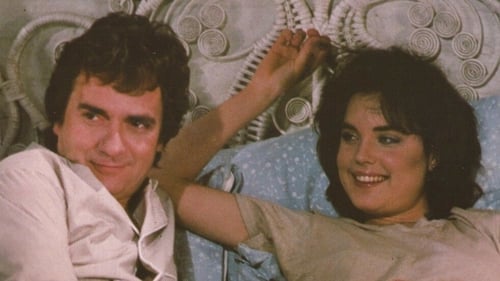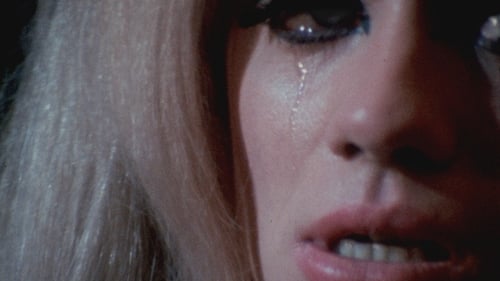Larry Rivers
Nascimento : 1923-08-17, Bronx, New York City, New York, USA
Morte : 2002-08-14

The Feature does not reconcile fact and fiction; instead, it blurs the definitions seemingly represented by the film’s two clearly demarcated registers: that of the archival footage and that of the new, theatrical material. In his guise as “Michel Auder,” living a fulsome and extravagant life, replete with beautiful women and a rock-cut pool overlooking Los Angeles, the art world is revealed as a sham, and his character exhibits a repulsive narcissism. And yet, when caught in quiet moments, something poignant emerges—a glimmer of truth that rebels against the entire endeavour. Or maybe, that’s what makes The Feature.

Documentary about American artist and former Warhol superstar, Brigid Berlin.

Jac Applezweig
Sigmund Freud's ghost advises a married New York psychiatrist in love with a patient.

Michel Auder’s Jesus – in which underground NY artists and Warhol superstars openly discuss their beliefs. Jesus – which premiered as a screening at The Kitchen in 1980 – mixes documentary elements such as footage of evangelical TV programs, books, cartoons, paintings, and other Jesus related imagery – with performances including Taylor Mead as a priest in the West Village and Florence Lambert playing a crucified Jesus. Also, intercut throughout are surprisingly candid interviews with Auder’s friends, family, and people he approaches on New York City streets about their faith and relationship to the world’s most famous person. Among those interviewed are Diego Cortez, Jackie Curtis, Gerard Malanga, Alice Neel (Andrew Neel’s grandmother), Larry Rivers, and Viva.

Self
In conversation with Roy Lichtenstein, critic Lawrence Alloway places Pop Art on a continuum of twentieth-century art that includes collage, Dada, and Purism in referring to signs and objects of contemporary society; Lichtenstein argues for distinctions between himself, Warhol, Oldenburg, and others. In his Long Island studio, Lichtenstein works on an elaborate composition; one of his 4 major paintings on the theme "The Artist's Studio."

Himself
In free-ranging conversations as he works in his studio, Rivers oppositional nature and independent mind are apparent. He reflects on his past painting and its critical reception, and speculates on his place in art history. Like his art, Larry Rivers is the opposite of self-contained. Alive, gregarious, fraught with feeling, he has always been drawn to poetry and to jazz. His own saxophone playing appears to be an extension of the expressive and experimental character found in his paintings, drawings, constructions, and video works. Rivers is shown at work in his New York studio. He examines a series of his Dutch Masters paintings, inspired by the standard cigar-box image which recalls Rembrandt, as well as several of his iconoclastic portraits. Among these are his naked renditions of the late poet and critic Frank O'Hara and the bold double images of his former mother-in-law, Berdie. He died in 2002.

Self - Jury Member
In 1967, New York City is host to the Miss All-American Camp Beauty Pageant. This documentary takes a look behind the scenes, transporting the viewer into rehearsals and dressing rooms as the drag queen subculture prepares for this big national beauty contest. Jack/Sabrina is the mistress of ceremonies, and their protégé, Miss Harlow, is in the competition. But, as the pageant approaches, the glamorous contestants veer from camaraderie to tension.

Milo
Pull My Daisy is a film that typifies the Beat Generation. Directed by Robert Frank and Alfred Leslie, Daisy was adapted by Jack Kerouac from the third act of his play, Beat Generation; Kerouac also provided improvised narration.





